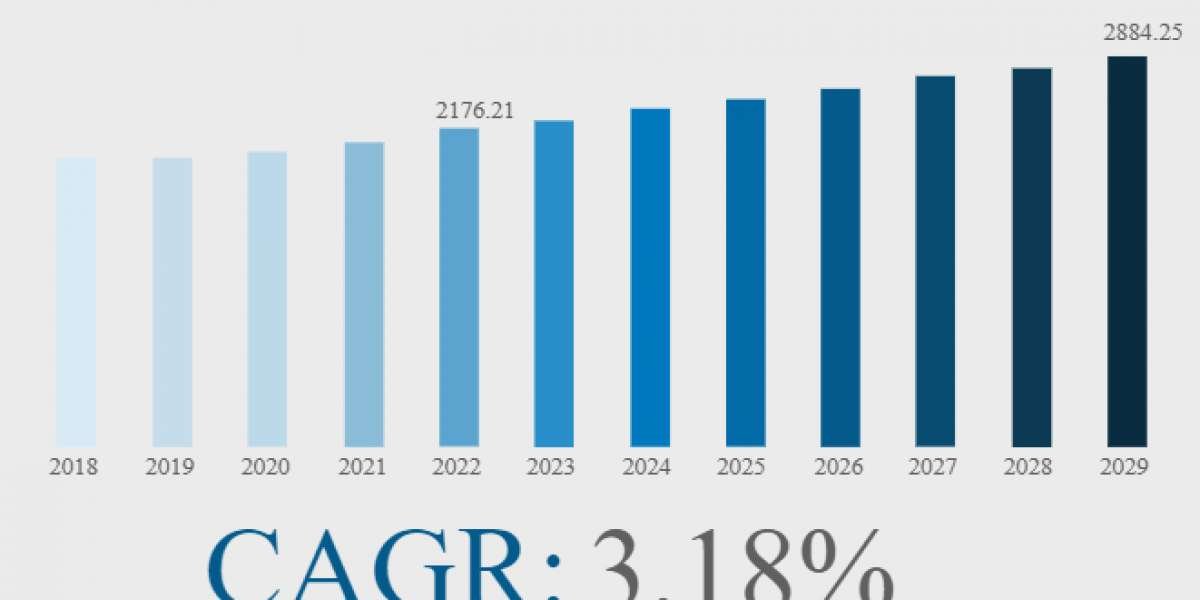Introduction:
The Asia Pacific Turpentine Market, often overshadowed by its more illustrious counterparts in the chemical industry, plays a pivotal role in various sectors, ranging from paints and coatings to pharmaceuticals and fragrances. Derived from pine trees, turpentine has a long history of applications, with its demand witnessing fluctuations driven by economic, environmental, and technological factors. In this article, we delve into the current landscape of the Asia Pacific Turpentine Market, exploring its trends, challenges, and potential opportunities.
Trends Driving the Asia Pacific Turpentine Market:
- Sustainability and Environmental Concerns: In recent years, there has been a notable shift towards sustainable sourcing and manufacturing practices across industries. This trend has significantly impacted the Turpentine Market size, prompting companies to adopt eco-friendly methods of extraction and processing. With consumers increasingly gravitating towards products with minimal environmental footprint, the demand for sustainably sourced turpentine has surged, encouraging suppliers to explore greener alternatives.
- Growing Applications in Bio-based Chemicals: The quest for renewable alternatives to fossil fuels has led to the emergence of bio-based chemicals as a viable solution. Turpentine, with its rich terpene content, serves as a valuable feedstock for the production of bio-based chemicals such as rosin and terpineol. This expanding application spectrum has opened up new avenues of growth for the Asia Pacific Turpentine Market, attracting investments in research and development aimed at enhancing its utility in the bioeconomy.
- Technological Advancements in Extraction and Refining: Advancements in extraction and refining technologies have bolstered the efficiency and quality of turpentine production. Innovations such as advanced distillation techniques and solvent-free extraction methods have enabled manufacturers to streamline their processes while minimizing waste and energy consumption. Additionally, automation and digitalization have optimized supply chain management, facilitating seamless integration from forest to factory.
Challenges Confronting the Asia Pacific Turpentine Market:
- Volatility in Raw Material Supply: The Asia Pacific Turpentine Market analysisis heavily reliant on pine resin, the primary raw material for turpentine production. Fluctuations in resin availability, influenced by factors such as weather conditions, forest management practices, and pests, pose a significant challenge to market stability. Moreover, competition for land use between forestry and other industries adds another layer of complexity, exacerbating supply chain disruptions.
- Price Volatility and Market Competition: Price volatility is inherent to the Asia Pacific Turpentine Market, driven by factors including supply-demand dynamics, geopolitical tensions, and currency fluctuations. The cyclical nature of the market often leads to periods of oversupply or undersupply, impacting prices and profit margins for producers. Additionally, the market faces stiff competition from synthetic substitutes and alternative chemicals, posing a threat to traditional turpentine-based products.
- Regulatory Compliance and Sustainability Standards: Heightened regulatory scrutiny regarding environmental protection and worker safety presents compliance challenges for players in the Asia Pacific Turpentine Market. Strict regulations governing chemical usage, emissions, and waste disposal necessitate substantial investments in compliance measures and sustainable practices. Failure to meet these standards not only risks legal repercussions but also tarnishes brand reputation and market credibility.
Opportunities on the Horizon:
- Expansion in Emerging Markets: The burgeoning construction and automotive industries in emerging markets present lucrative opportunities for turpentine-based products such as paints, varnishes, and adhesives. Rapid urbanization and infrastructure development fuel demand for these applications, driving market growth in regions such as Asia-Pacific and Latin America. Strategic partnerships and investments in distribution networks can help capitalize on these growth opportunities.
- Diversification into High-Value Applications: With increasing emphasis on value-added products and specialty chemicals, there exists potential for diversification within the Asia Pacific Turpentine Market. Exploration of niche applications such as pharmaceuticals, flavors, and fragrances offers avenues for premium pricing and differentiation. Leveraging the unique chemical properties of turpentine compounds opens doors to innovation and product development in collaboration with downstream industries.
- Adoption of Circular Economy Principles: Embracing circular economy principles presents a holistic approach to sustainable resource management within the Asia Pacific Turpentine Market trends. Initiatives such as waste valorization, recycling, and by-product utilization contribute to resource efficiency and waste reduction. Collaborative efforts across the value chain, including forestry management, processing facilities, and end-users, can drive the transition towards a circular turpentine economy.
Key Companies in the Turpentine Companies include
- Dujodwala Resins and Terpenes Limited
- Arakawa Chemical Industries, Ltd.
- Mentha Allied Products Pvt. Ltd.
- Lawter Inc.
- Harting SpA
- International Flavors Fragrances Inc. (IFF)
- Symrise AG
- DRT (Dérivés Résiniques et Terpéniques)
- Georgia-Pacific Chemicals LLC
- Kraton Corporation
Conclusion:
In conclusion, the Asia Pacific Turpentine Market stands at a crossroads, poised for transformation amidst evolving consumer preferences, technological advancements, and regulatory pressures. While challenges such as supply volatility and market competition persist, strategic initiatives focusing on sustainability, innovation, and market diversification hold the key to unlocking the full potential of this versatile chemical. By navigating these trends and challenges adeptly, stakeholders can steer the Asia Pacific Turpentine Market towards a sustainable and prosperous future.
Browse More Related Reports:
US Asia Pacific Turpentine Market
Asia Pacific Turpentine Market Share
About Market Research Future:
At Market Research Future (MRFR), we enable our customers to unravel the complexity of various industries through our Cooked Research Report (CRR), Half-Cooked Research Reports (HCRR), Raw Research Reports (3R), Continuous-Feed Research (CFR), and Market Research Consulting Services. MRFR team have supreme objective to provide the optimum quality market research and intelligence services to our clients. Our market research studies by Components, Application, Logistics and market players for global, regional, and country level market segments, enable our clients to see more, know more, and do more, which help to answer all their most important questions.
Contact:
Market Research Future®
99 Hudson Street,5Th Floor
New York, New York 10013
United States of America
Phone:
+1 628 258 0071(US)
+44 2035 002 764(UK)
Email: sales@marketresearchfuture.com
Website: https://www.marketresearchfuture.com



